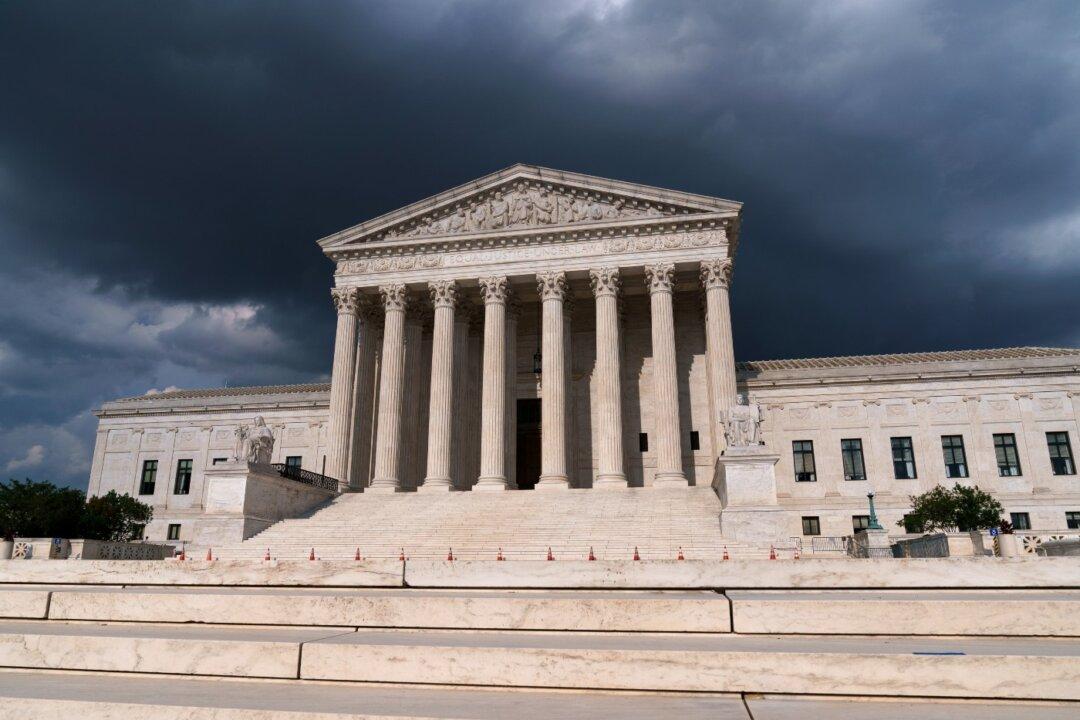The U.S. Supreme Court ruled on June 29 to keep the nationwide moratorium on evictions implemented by the Centers for Disease Control and Prevention (CDC) in place for another month.
In a 5–4 decision, the court rejected a plea by landlords to end the ban on evictions that was put in place amid the CCP (Chinese Communist Party) virus pandemic as some tenants have struggled to pay rent. The ruling means that the moratorium will remain in place until July 31.





